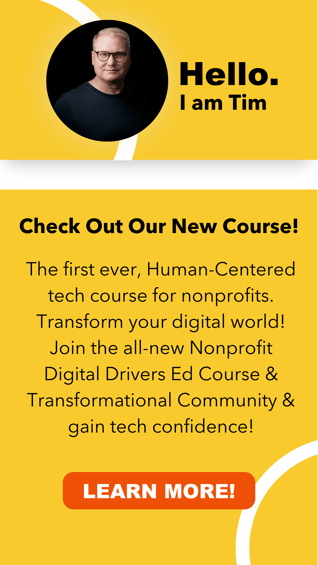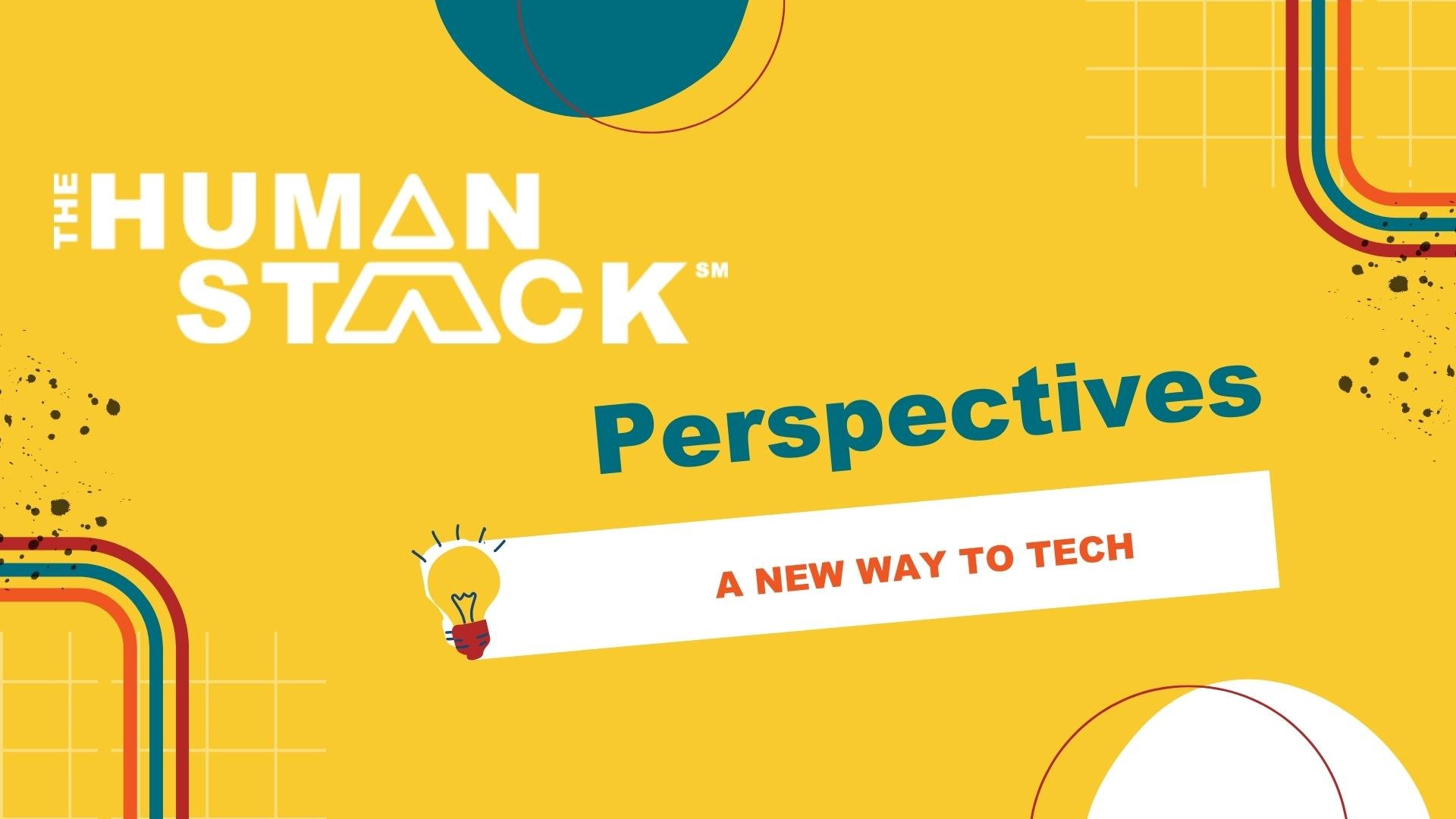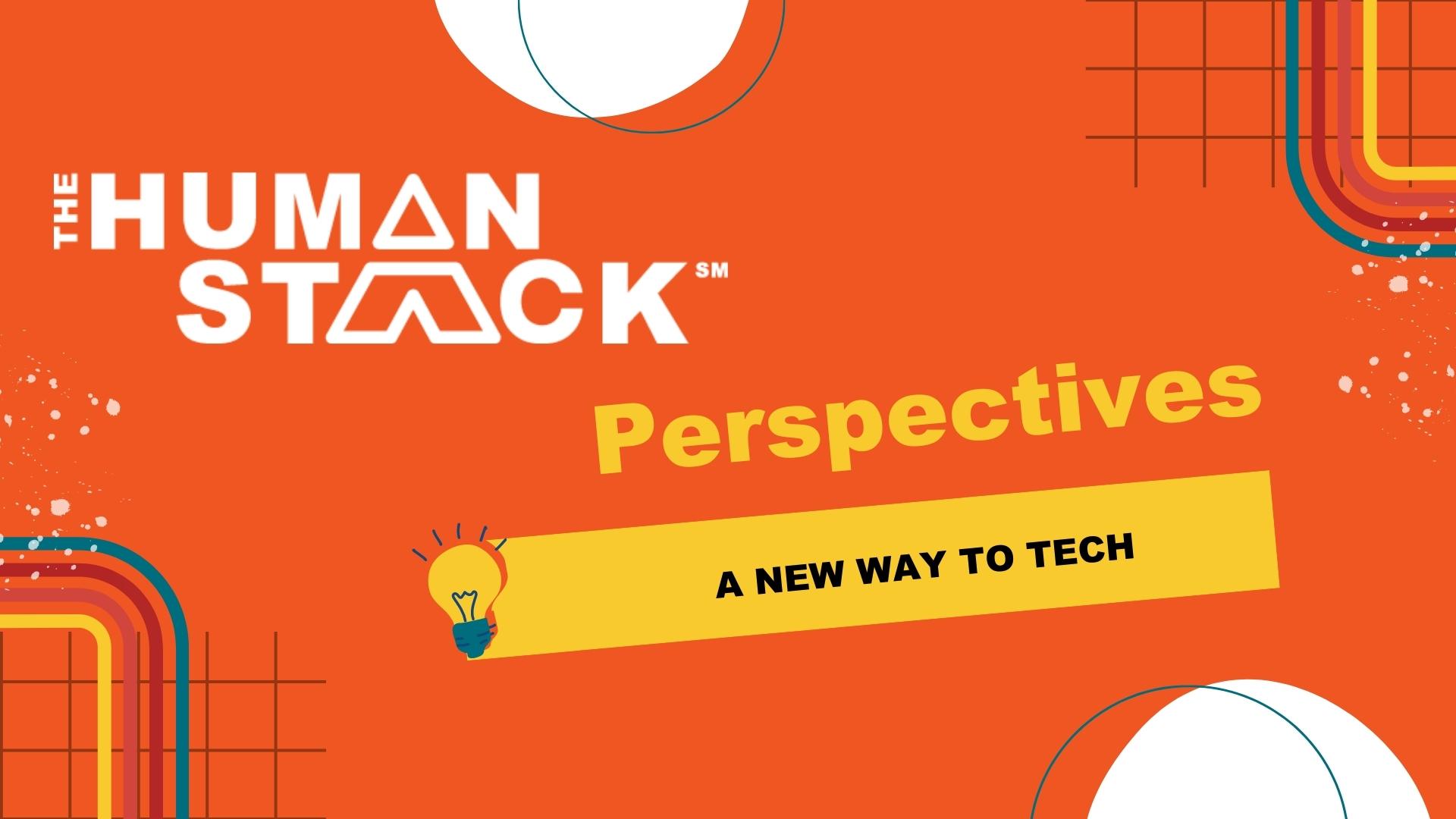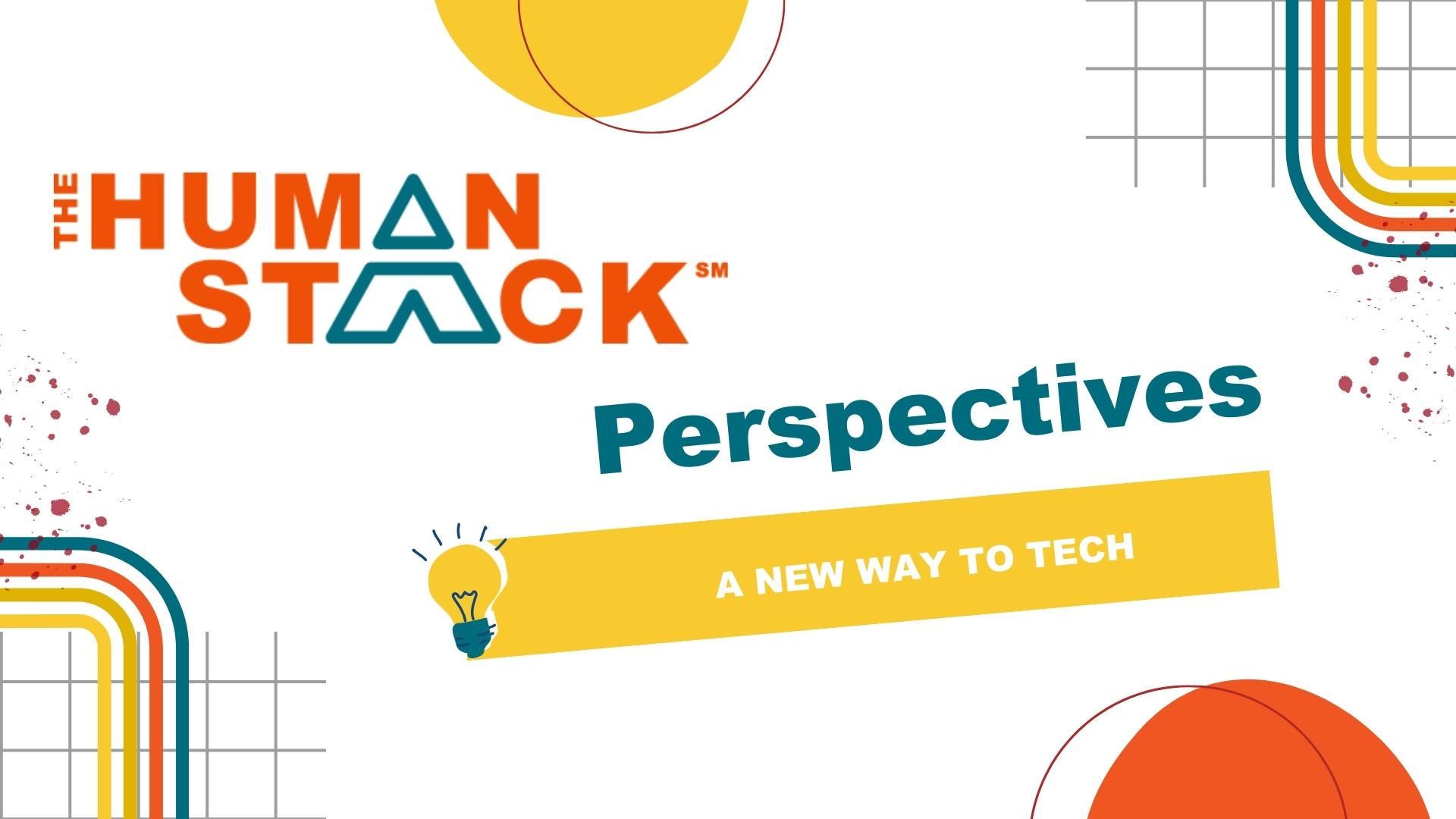4 min read
Demystifying Project Management: Why It’s Not the Answer to Your Nonprofit’s Long-Term Success
 Tim Lockie
:
February 9, 2021
Tim Lockie
:
February 9, 2021
Many nonprofits struggle with similar challenges, no matter their area of focus: Staff is perpetually burnt out. Resources are scarce. Budgets aren’t big enough. And executives put false hope into project-managing their way to long-term success with technology.
Unfortunately, many nonprofit leaders discover project management is not the magic bullet they expect it to be for achieving their long-term strategies.
Project management is better suited (as advertised) to discrete projects within your organization. Projects like implementing a new technology system, for instance. This is where project management can truly shine by smoothly getting the technology implementation from start to finish with minimal friction, within budget, and no time wasted.
However, unless the project is connected to your nonprofit’s long-term strategy, the project management’s benefits will fizzle out once the implementation is over. What you’re ultimately looking for is implementing change and managing technology, not only project management, to achieve long-term success.
It is possible to have effective project management for your tech implementations, and effectively implementing change for your organization as a whole. Understanding the difference, and the factors that affect each can set you up for success in both arenas.
3 Common Roadblocks to Effective Nonprofit Project Management
Organization-wide adoption is the goal of every project, but it’s hard to convince everyone to buy-in when the project goes off the rails. When that happens, where do you turn?
To take full advantage of the benefits of project management, you need to understand why projects fail to achieve adoption in the first place.
- Executives aren’t tuned in to staff’s day-to-day. Staff is familiar with the frustrations and nuances of the technology that they work with daily — but the executives are largely in the dark. Frequently, executives have ambitious visions about where the organization wants to go with technology, but that doesn’t account for the realities of the people who work with that technology daily. There’s a disconnect between executive leadership and what's happening on the ground in terms of the literal workload and day-to-day lives of the people who use it. Because the more technology you change over time, the more work you're adding to staff. Enter: interrupted timeline, change orders, a bloated budget, and inevitable burnout.
- Disaffected users aren’t flexible to change. Highly influential, but non-executive staff members have systems that are completely purpose-built. Simply put, they do exactly what they need them to do. So when it comes to new tech, if it doesn’t do exactly what they need, they won’t accept it. Their mindset: If it ain’t broke, don’t fix it. They don't have a way to voice their concerns in a typical project management setting. Enter: frustration and refusal to buy-in causing a ripple effect of discord.
- Unmanaged expectations. Technology sales companies aren’t focused on the future value of the tool. They’re just focused on making the sale today. Executives get fed all the wrong expectations. They don’t take into account the mission-driven priorities and if the tech they’re being sold is the right one for them to achieve those priorities. The tech comes before the mission when it should be the other way around. Expectations aren’t where they should be, but everything moves too fast, and then it’s too late to change course. Enter implementation failure.
Imagine a technology implementation that starts with slowing things down and getting executives and staff all on the same page. One that provides room for feedback and dialogue and a realistic roadmap that will serve the long-term vision of your organization.
4 Long-term Success Factors For Your Nonprofit Organization
Project management is the beginning of the journey, not its conclusion: It happens as part of an organization's change and evolution, not instead of it. On its own, it can give the illusion of success because it creates artificial momentum for the duration of the project, but doesn't put in place the proper long-term success factors.
Here are some real factors of long-term success:
- Enthusiastic adopters of the new technology system. It doesn’t matter what system you use, if you have staff who understand it, use it, and can teach others how to use it, congratulations. You have adopters. These people will be evangelists who will convince everyone else to get on board.
- Internal organizational process around change. Adopters don’t just come out of the blue. You need an internal process that organically creates them. Think about it: If you have adopters in silos, what good does that do? What you need is an open internal process around change that breaks down those silos. You know a process is good when it allows for common challenges to surface. This will fix any early fractures that could later turn into poor adoption. Breaking down silos allows for more collaboration and wide understanding. Ultimately, you find that the dialogue stack-ranks feedback, allowing for everyone to be heard and issues to be fixed accordingly.
- Voices that represent everyone from everyday staff through the board of directors. Every group of stakeholders matters. You need representation from each group willing to come together to dedicate time and energy toward discussing technology, utilization, adoption, and roadblocks. Better communication, feedback, and universal understanding take time. In the long term, once an organization practices slowing down in this way, it allows for more agile adoption of new initiatives.
- Framework for adoption. If you create a framework for participation that is derived and based on real metrics that your organization is trying to hit, you’ll undoubtedly have better, widespread adoption. Staff can come and go, but the framework persists. If you create a single evangelist in your staff, given typical staff attrition, that person could be gone in 9 to 18 months. Therefore, a framework for decision-making and surfacing conflict and tension allows for a streamlined, consistent adoption system going forward.
Focusing on Implementing Change First Propels Project Management Efficiency
Even the most well-executed project management doesn't always create the space for the roadblocks that can hinder long-term success. Starting at the root of everything — your organization’s internal processes — can positively impact every project that comes.
With greater clarity of the differences between project management vs implementing change and managing technology, you can adjust your expectations, create space for dialogue, and think about your organization’s priorities.
Focus on your people first before implementing new technology. Listen to feedback, break down silos, and foster enthusiastic user adoption. Slowing down to first implement a sturdy framework, and instill a collaborative internal ecosystem is doing it right, and that’s where it all starts.






